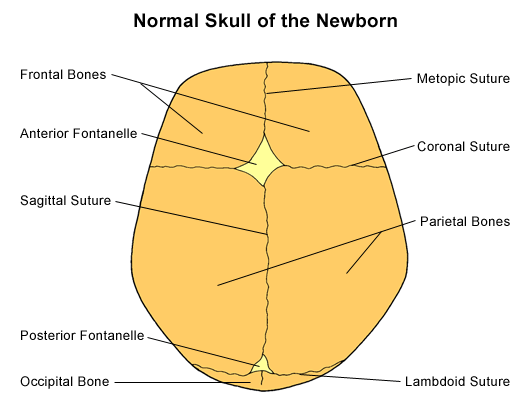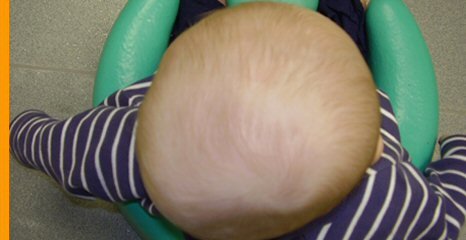One of our registrars has put together a concise guide to immunisation in the UK which many fully trained GPs will be very au fait with. Some in training may appreciate a quick run through! The schedule changes from time to time but the links below should lead you to the current guidance whenever you access this post. The current immunisation schedule appears below; click here for Rajashree’s complete concise guide which you can easily print off for your wall….
Routine UK Immunisation schedule (current at May 2011):
| Hepatitis B vaccine +/- HBIg | Given only to babies born to mothers who are chronically infected with HBV or to mothers who have had acute hepatitis B during pregnancy | Vaccine: 1 injection IM
HBIg: 1 injection IM |
| BCG (0-12 months) | Universal vaccination operates only in areas of the country where the TB incidence is 40/100,000 or greater. | 1 injection in left upper arm- Intradermal |
| 2 months | *DTaP/IPV/Hib(5 in 1 vaccine- Pediacel), Pneumococcal conjugate vaccine(PCV) | 1 injection, IM
1 injection IM |
| 3 months | Second dose DTaP/IPV/Hib,
Meningitis C vaccine |
1 injection, IM
1 injection IM |
| 4 months | Third dose DTaP/IPV/Hib,
PCV (2nd dose), MenC (2nd dose) |
1 injection, IM
1 injection IM 1 injection IM |
| 12-13 months | PCV (3rd dose),
MenC(3rd dose), Hib (4th dose), MMR |
1 injection, IM
1 injection, IM 1 injection, IM |
| 3 years 4 months or soon after | 2nd dose MMR,
DtaP/IPV or dTaP/IPV booster(4 in 1 vaccine) |
1 injection IM
1 injection IM |
| 12-13years | HPV vaccine(Cervical cancer vaccine) for girls only, | 3 injections within 6 months, IM |
| 13-18 years | *dT/IPV booster | 1 injection, IM |

